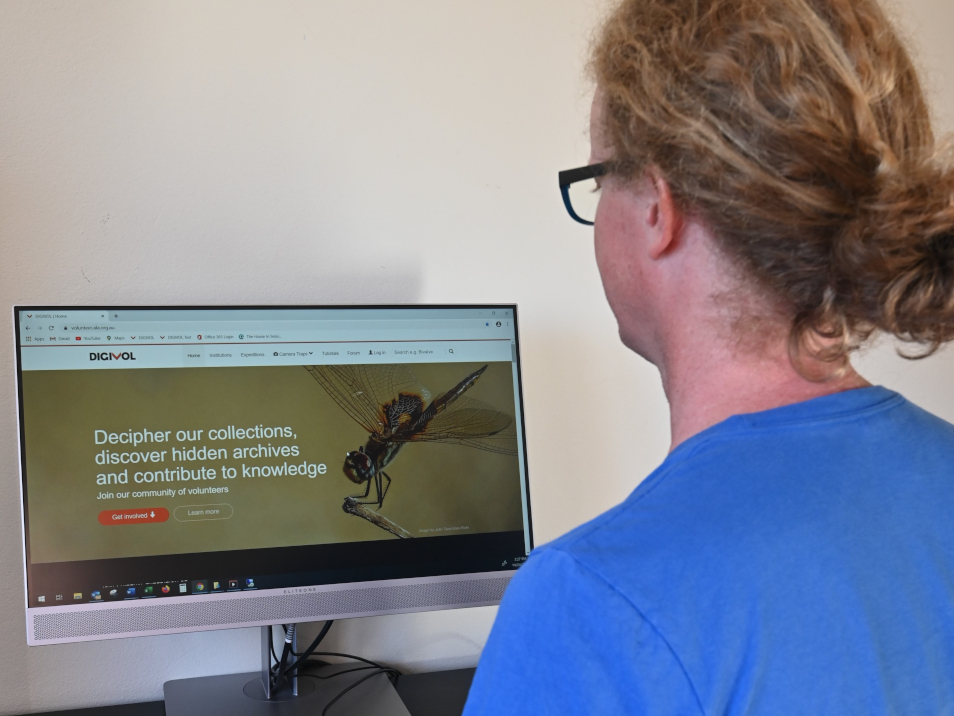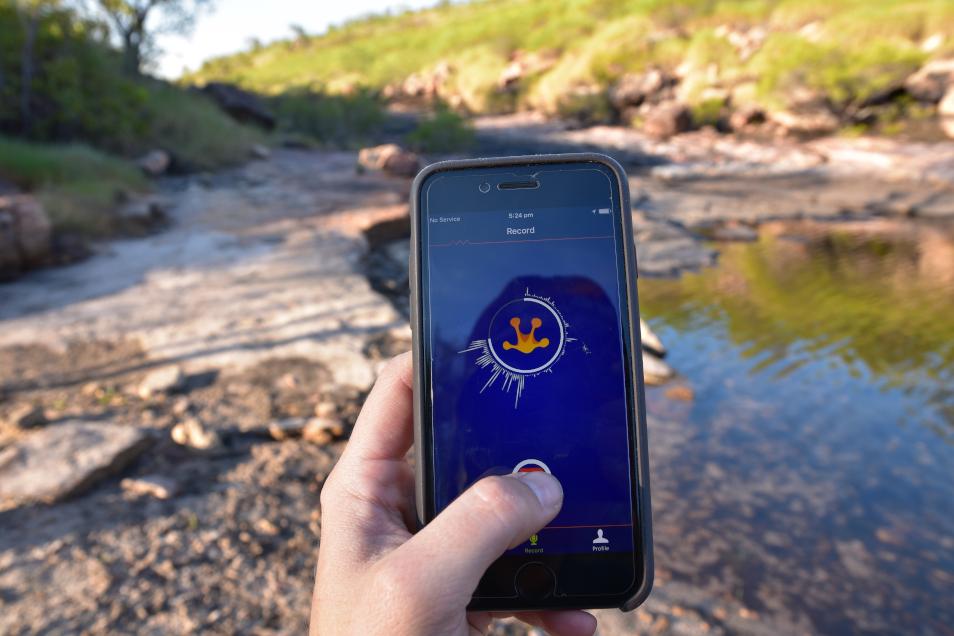
Bushfire recovery is underway. And now you can help.
Bushfires that raged across extensive areas of Australia this season were historically significant. They caused destruction on a massive scale. They impacted our biodiversity, air, water and built environments, as well as our people in many ways. And now we’re in the midst of another crisis: the COVID-19 pandemic.
But the Aussie spirit continues to shine as we all remain eager to do our part for bushfire recovery, even during isolation.
Citizen science is just the ticket to make the most of your spare time. Make a difference to traditional science while practising safe social and physical distancing.
Citizen Science Bushfire Project Finder
We worked with our collaborators the Atlas of Living Australia and the Australian Citizen Science Association to release the Citizen Science Bushfire Project Finder. Here you’ll find citizen science projects where you can observe, monitor and record the post-fire environment. The data you collect will provide bushfire researchers with information they otherwise wouldn’t have access to. The website is an outcome of the Bushfire Science Roundtable hosted by Minister Andrews on 18 January this year.
We’re calling on you to take part in a bushfire recovery project. And, with online projects in your area, there’s no excuse not to help out.
There are a lot of options to suit your interests. Here are some ideas to get you thinking.
Lights, camera, action!

Help researchers by looking for animals in wilderness photos taken by automated cameras around Australia. Credit: Australian Museum.
Automated camera traps capture images all around the country. You can use Wildlife Spotter to spot animals captured by these cameras in bushfire affected areas. Researchers will use this information to understand the impacts of the bushfires on our biodiversity and ecosystems.
Community groups and researchers deploy camera traps in the field to record images of species. This includes those who have survived the fires and are re-establishing into the burnt areas. These may include both native species as well as pests.
All you need to do is join an expedition and select the species you see. This tells researchers a lot about what animals were doing during the bushfires, and how they recover afterwards.
Get your competition on

Spot and ID animals in your own backyard. Credit: QuestaGame.
Enjoy a bit of friendly competition? This is your chance to release some competitive energy from your own backyard. Submit sightings or help others identify what they’ve seen using QuestaGame.
Earn points by submitting your sightings of any interesting flora or fauna, like birds, insects, plants or fungi. You can even earn bonus points if you can correctly identify the sighting.
Get familiar with the app in your backyard. Once isolation measures are lifted, you’ll be a pro and can snap great quality images in bushfire affected areas.
Finding frogs

Croaks, whistles, bleats and barks – every frog species makes a different sound. Credit: Australian Museum.
Amphibians, such as frogs, rely on good water quality to survive. Ash and sediment after the fires has impacted the quality of our waterways. You can contribute to the data recorded both inside and outside of firegrounds with FrogID.
By identifying and validating frog calls you will contribute data to traditional research. This will help researchers understand more about how the bushfires have affected our amphibian amigos.
What are you waiting for?
To get involved, visit our Citizen Science Bushfire Project Finder. Explore what projects you can do at home. From spotting animals, to a friendly ID’ing competition, to curating collections – there’s a way you can contribute.
The project finder provides easy access to bushfire recovery projects. To use the tool, simply:
- Visit Citizen Science Bushfire Project Finder
- Browse the projects using the ‘participate at home’ filter.
- Get involved once you’ve found a project that interests you. Visit the project page for more information and register to get involved.
- Make a difference by curating data and contributing to real research.
You can also check out our other bushfire research over on our website.

